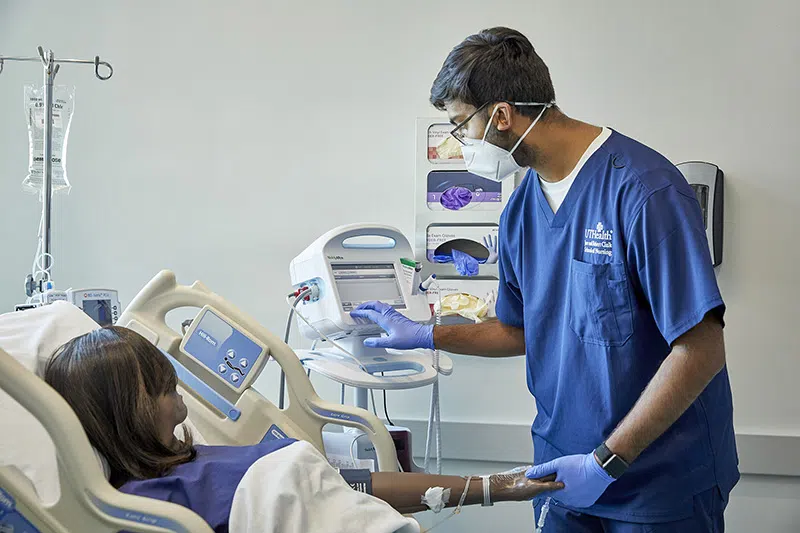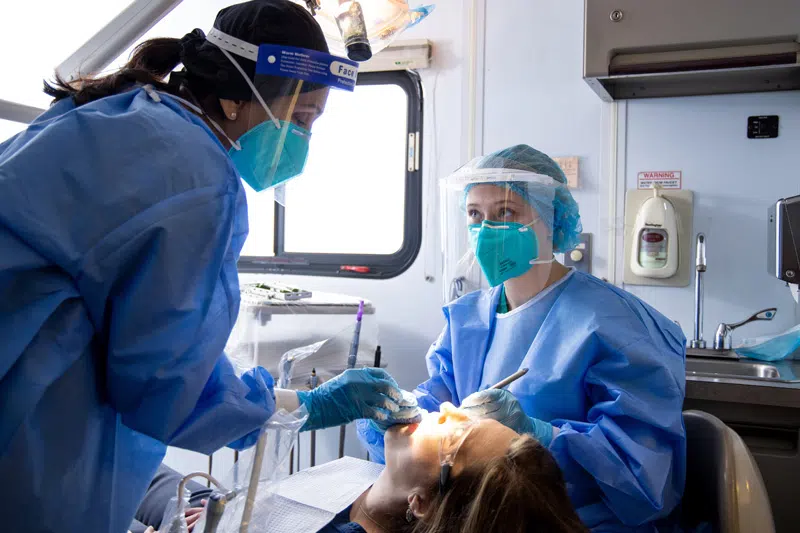POLICY
Research proposals should include adequate provisions for monitoring of data collected for scientific validity and safety of research subjects. The monitoring plan for a particular research study depends on the complexity of the research study and the possibility of potential harm to subjects. For research involving no more than minimal risk, the IRB does not require a formal plan for data and safety monitoring to be submitted.
Key Terms
Data and Safety Monitoring Board (DSMB) : An independent committee that assesses at intervals the progress of a clinical trial, the safety data, and the critical efficacy endpoints, and recommends whether to continue, modify, or stop a trial.
Minimal risk - Minimal risk means that the probability and magnitude of harm or discomfort anticipated in the research are not greater in and of themselves than those ordinarily encountered in daily life or during the performance of routine physical or psychological examinations or tests.
PROCEDURE
Submission: Principal Investigators must include a plan for data and safety monitoring with the initial submission for research proposals involving greater than minimal risk.
Review of Data and Safety Monitoring Plans - During initial review of research, the IRB considers if a data and safety monitoring plan is required and whether the plan submitted is adequate. The IRB will consider provisions such as:
- What safety information will be collected, including serious adverse events.
- How the safety information will be collected (e.g., with case report forms, at study visits, by telephone calls with participants).
- The frequency of data collection, including when safety data collection starts.
- The frequency or periodicity of review of cumulative safety data.
- The plan might include establishing a data monitoring committee and a plan for reporting data monitoring committee findings to the IRB and the sponsor, including the frequency of reporting.
- For studies that do not have or are not required to have a data monitoring committee and are blinded, have multiple sites, enter vulnerable populations, or employ high-risk interventions, the IRB needs to carefully review the data and safety monitoring plan and determine whether a data monitoring committee is needed.
- If not using a data monitoring committee, and if applicable, statistical tests for analyzing the safety data to determine whether harm is occurring;
- Provisions for the oversight of safety data (e.g., by a data monitoring committee).
- Conditions that trigger an immediate suspension of the research, if applicable.
Who Performs Safety Monitoring - The Data Safety Monitoring Plan should state who will assume monitoring responsibility. This will depend on the type and risk of the research study and may include the investigator, experts within the department or institution, independent consultants, the sponsor or a combination of the above. Some examples include, but are not limited to:
- Principal Investigator – For a research study involving moderate increase over minimal risk, it may be appropriate for the Principal Investigator to manage the data and safety monitoring. Continuous close monitoring by the Principal investigator may be an adequate and appropriate format for monitoring with prompt reporting of unanticipated problems involving subjects and others including serious adverse events to CPHS. For studies involving multiple sites, this function could be managed by the team of Principal Investigators for each site or the lead or overall Principal Investigator for the entire research study.
- Independent Expert(s) – Data and safety monitoring may be performed by an expert or group of experts in the disease and familiar with the agent being studied. Using an independent expert or team of experts is particularly helpful in monitoring of unblinded data for a double blind research study as this will help ensure a meaningful review by independent experts while maintaining the blind amongst the research staff.
- Data Safety Monitoring Board (DSMB)- DSMB is a committee that is established specifically to monitor data throughout the life of a research study to determine if it is appropriate, from both scientific and ethical standpoints, to continue the research study as planned. For high risk studies and for sponsor initiated large, blinded studies involving multiple sites, it is recommended that a formal DSMB be appointed.
- Sponsor organized DSMB – Sponsors may appoint an independent DSMB.
- Investigator established DSMB – Principal investigators (PIs) may establish an independent DSMB.
Data and Safety Monitoring Boards: The IRB considers factors such as the risk, size, and complexity of the proposed research to determine if a research study should have a formal data and safety monitoring board (DSMB). When a DSMB is required, the IRB reviews the composition and qualifications of the DSMB members and frequency of DSMB meetings. Some of the factors that the IRB considers in making a determination whether a formal DSMB is required are:
- Phase IIb, Phase III and Phase IV studies – Phase IIb, Phase III and Phase IV studies that involve life-threatening or serious morbidity require an independent DSMB. Early trials of high-risk treatment studies and trials in vulnerable populations may require either a DSMB organized by the Sponsor or a UTHealth appointed DSMB. A DSMB may not be required if the study risk is low or if the duration of a study is too short to allow for proper DSMB monitoring.
- Level of risk and complexity – The level of risk and complexity of the proposed research are considered when determining if a DSMB is required. Examples of factors that increase risk and complexity include: a large study population; multiple study sites where it may be difficult to recognize patterns of problems; highly toxic therapies; dangerous procedures; high expected rates of morbidity or mortality in the study population; and high chance of early study termination.
Data and Safety Monitoring Board reports should be submitted to the IRB when they are available. If the DSMB report did not indicate any change to the risk benefit assessment, the report is assigned to a reviewer for expedited review. If the DSMB report included information on change in risk benefit profile of the research, IRB staff place the report in the agenda for discussion at the next convened meeting. IRB staff assign the report to the chairperson of the subcommittee that initially reviewed the research, if possible. If the chairperson is not available, IRB staff assign the report to any other member of the subcommittee or any IRB member. The assigned Reviewer presents a summary of the report at the meeting and makes a motion to continue approval for the research, request more information from the Principal Investigator, request changes to protocol or consent document, or any other action. The subcommittee chairperson of the IRB opens the item for discussion followed by a vote. IRB staff notify the Principal Investigator of the outcome of review in a timely manner via iRIS.
REFERENCE TO OTHER POLICIES
- Initial Review
- Continuing Review
ATTACHMENTS
- List all forms, checklists, templates etc. that are needed to meet requirements of this SOP.
APPLICABLE REGULATIONS
- 45 CFR 46 Protection of Human Subjects
- 21 CFR 56 Institutional Review Board
If you find errors in this document, contact cphs@uth.tmc.edu
|
Document Number:
|
101-C14
|
|
Document Name:
|
Data Safety Monitoring Plan
|
|
Reviewed by:
|
Executive Director, Research Compliance
|
|
Effective:
|
1 Aug 2008
|
|
Revision History:
|
1 Jan 2009, 1 Aug 2011, 1 Jun 2016, 21 Jan 2019, 1 Jun 2021
|
CPHS HELPLINE 713-500-7943
iRIS HELPLINE 713-500-7960
UTHealth Houston Compliance Hotline: 800-846-0632 (for English and Spanish speaking)
IRB OFFICE HOURS Thursdays from 1 to 4pm, via this Teams Room
How can we improve this site?











